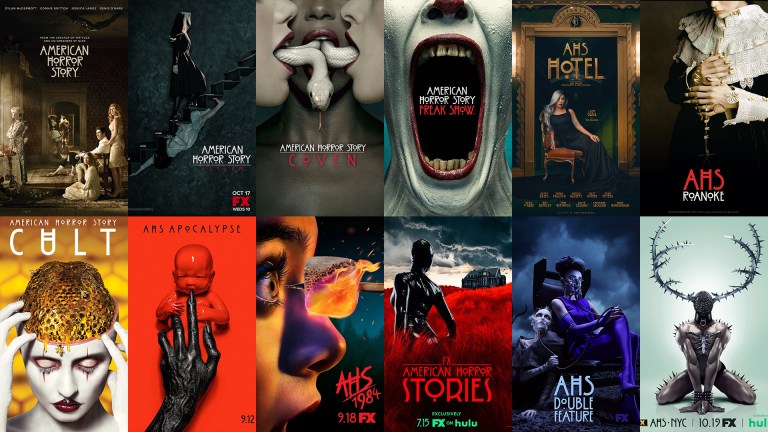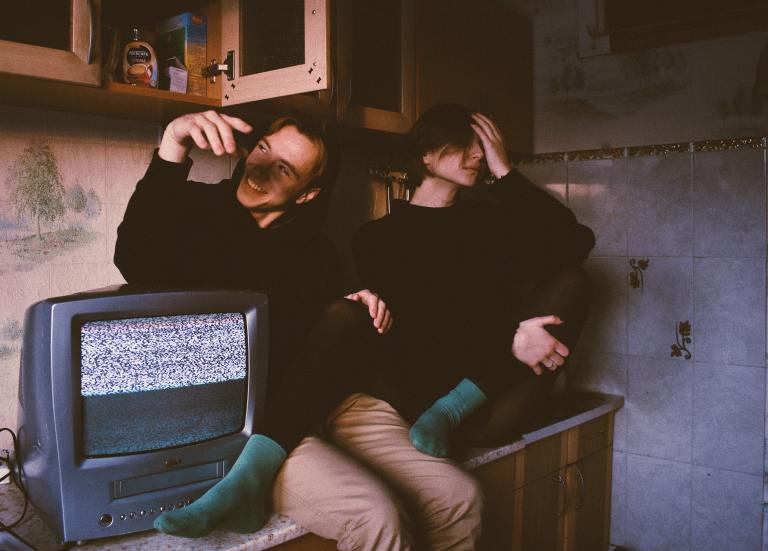The Challenges Of Being An Artist In A Civilization Looking For Truth
When viewers try to understand a work of art, many attempt to find what is true and what is representative of the real. Is the purpose of art to show reality? Is a work of art supposed to convey ultimate truth to its viewers?


If reality is linked to truth, and art reveals truth, then art presents reality. And yet, this is not literally an accurate statement since others claim that art is a representation. Art has been defined (specifically by Marcel Duchamp) as a combination of the artist, the artist’s intended creative object, and spectatorship (Duchamp). When viewers try to understand a work of art, many attempt to find what is true and what is representative of the real. Is the purpose of art to show reality? Is a work of art supposed to convey ultimate truth to its viewers? In order to best answer these questions, the ideas of Theodor Adorno, Max Horkheimer, Arthur C. Danto and Hal Foster must be explored. Reality’s relationship to art is complex and has changed as the creative world has grown and evolved in time, however, in the contemporary art market, the real and true in a work of art can be expressed and rejected in a number of illusory ways.
I will discuss these ideas in three parts; the first part will focus on these authors and their ideas about determining art, reality and truth in society; the second part will be an analysis of these authors, focusing on how their ideas and writings about this topic relate and differ from each other; the third, and final, section will focus on my own understanding of reality’s relationship to art based on these authors and the greater sphere of art history. The authors discussed in this essay write about three similar but very different ideas about reality’s relationship to art. Adorno, with Horkheimer, focuses on society’s desire to grasp the true and real elements within art while mistakenly rejecting myth as its opposing force. Danto writes about a work of art as an imitation of the real, a mirror of reality, as a creative object which is inevitably separate from reality. And, Foster discusses art’s deception and trickery towards viewers.
Also note that when the word “art” is used in this essay, it is referring to a work of art, the physical object (not Duchamp’s definition) unless otherwise noted. The questions I am trying to answer are: (a) does art present reality, and (b) how does art relate to reality and to representation?




